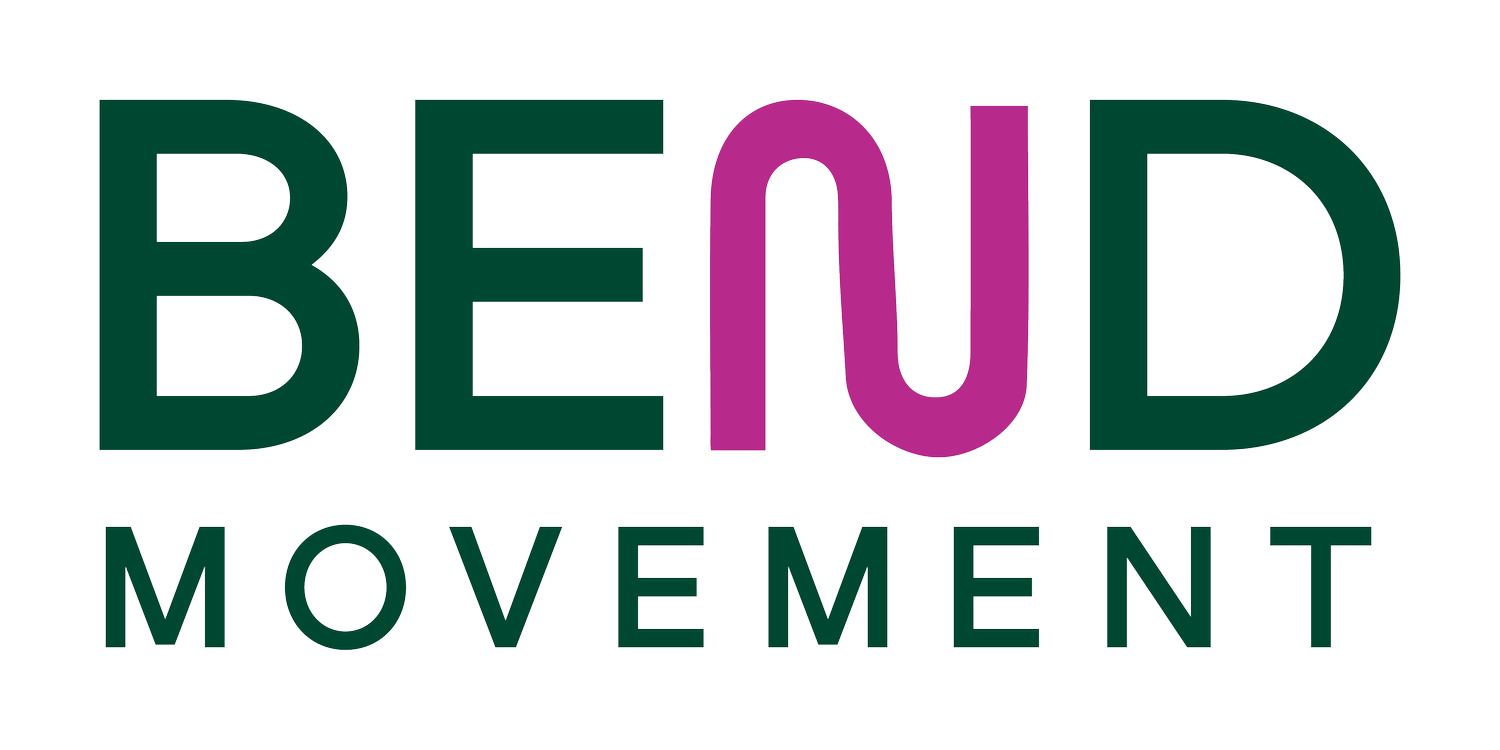Pain Isn’t Always Where the Problem Lies
One of the most common misconceptions about pain is that the source of discomfort is always the problem area. In reality, the location of pain can often be a result of compensation, with the root cause lying elsewhere in the body. Understanding this concept is crucial to addressing the underlying issues behind pain and achieving long-lasting relief.
Compensation and Movement Patterns
When the body experiences pain or weakness in one area, it often compensates by adjusting its movement patterns. For example, knee pain might actually stem from issues in the hips or ankles, as those joints may not be moving optimally. As a result, the knee bears the brunt of the strain, even though it isn’t the root cause of the dysfunction. This compensation mechanism is the body’s way of protecting itself, but over the long term can lead to pain in areas away from the actual source of the problem.
Treating the Root Cause, Not Just the Symptoms
To achieve effective relief, it’s essential to address the root cause of the pain rather than just treating the symptoms. A comprehensive assessment by a physical therapist can help identify where the source of the issue originates. By focusing on the source, whether it’s a weakness, mobility restriction, or imbalance, you can resolve the issue AND prevent the pain from returning. This approach leads to more sustainable results and reduces the risk of chronic pain or recurring injuries.
The Bigger Picture in Recovery
Understanding that pain may not be where the problem lies is empowering for long-term recovery. Instead of chasing symptoms, you can focus on improving the overall function of your body. By restoring balance, addressing compensations, and working on the root causes, you’ll experience improved mobility and reduced discomfort over time.
The location of pain often doesn’t tell the whole story. Pain is frequently a sign of compensation, and addressing the underlying causes is key to achieving lasting relief. By looking beyond the pain site, you can target the real issue and improve your overall movement health.
